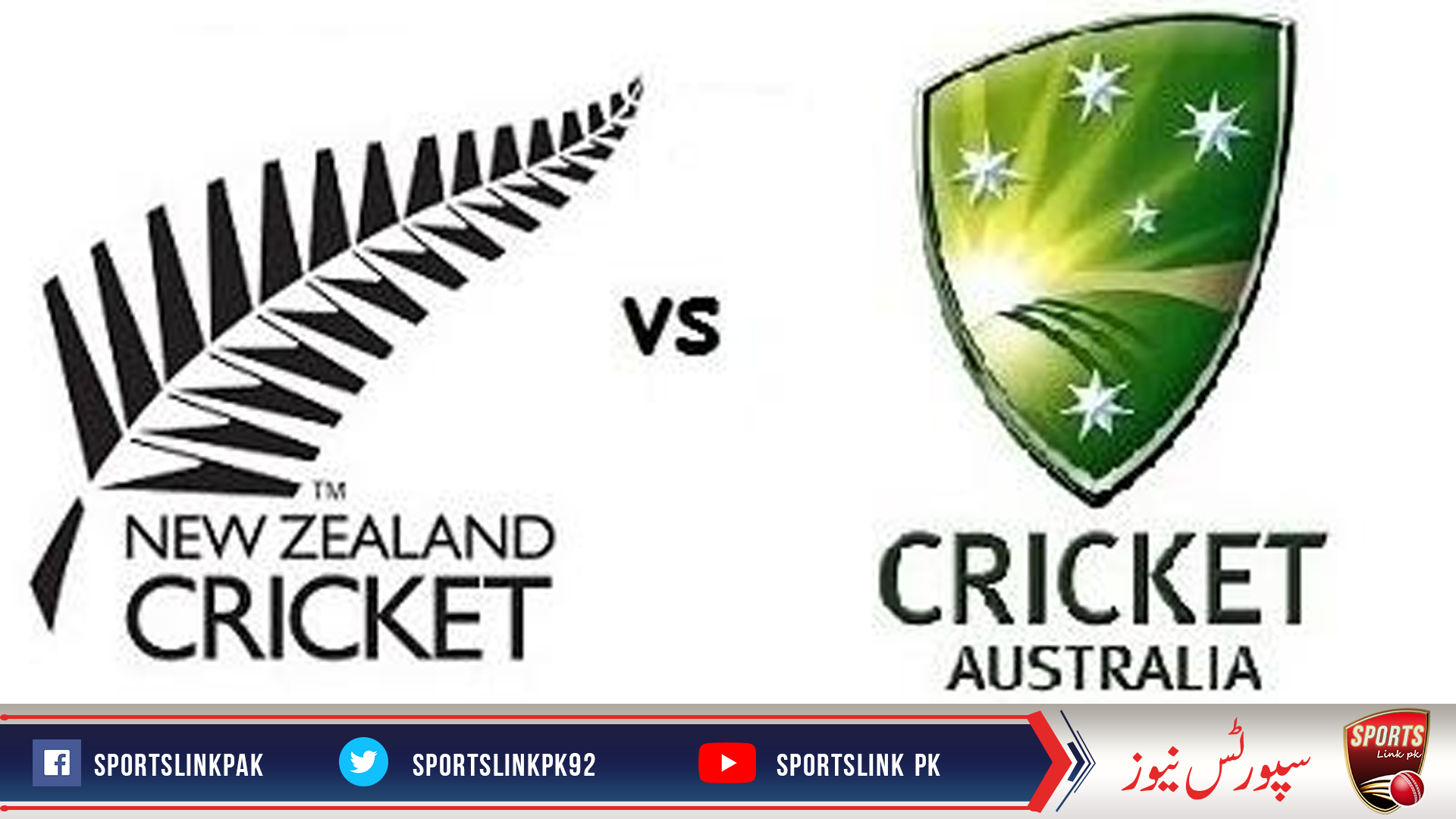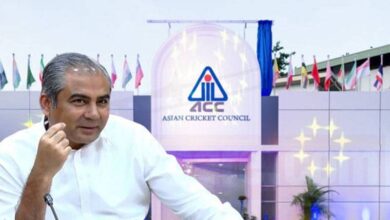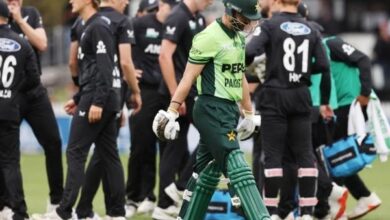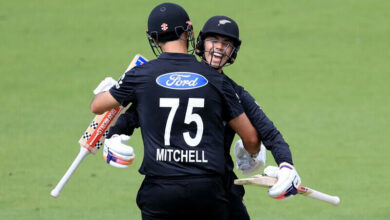Boxing day test:Australia to look to sew up series


Just five of New Zealand’s squad were born when the team last graced the MCG on Boxing Day. As for the rest of Kane Williamson’s team, well, they cannot possibly have any memories of the event. So the legendary contest between the teams of Allan Border and Jeff Crowe, with Mike Whitney blocking out Sir Richard Hadlee’s final over, can only be known through second-hand knowledge.
What no member of the touring party is in any doubt about, however, is that this may well be a defining Test match for many of the tourists, for it does not appear too likely they will get another one. This reflects the self-interest that besets much of cricket’s economy, even though that aforementioned 1987 Test match was not only great television, but, by mid-1980s standards, a successful match for spectator attendance – 127,184 in total, including 51,087 on Boxing Day. The ground did not actually get a better attended Test match for another five years, until 137,134 turned up to see West Indies at a ground that had since gained a rebuilt Great Southern Stand in 1992.
That, of course, is the other reason why this Test match is a defining one, for the MCG itself. Following a raft of problems with the surface’s lack of life dating back to the previous Boxing Day Test against England during the 2017-18 summer, the authorities are attempting to take a long-term view, digging up the concrete slab under the drop-in pitches and experimenting with a different clay and soil composition in new pitches that will not be ready for another several years.
In the meantime, the MCG surface can be expected to start with plenty of live grass and moisture in it, the better to get the game moving early on. This fact may well be New Zealand’s best chance for making inroads against a strong and confident Australia, as the fit-again Trent Boult, Tim Southee and Wagner would back themselves to follow up on the promise they showed in restricting the home side’s batsmen for key stretches of the series opener in Perth.
Even so, New Zealand have a mighty task ahead to close the gap between the teams, in order to provide a fitting reprise of that storied match from 1987. If they do, then they will have every right to press Cricket Australia for a more rapid return visit than has been the case this time – to do so before Williamson’s glittering career comes to an end might be a start.
In churning out his first three Test hundreds in consecutive matches and looking more or less unbowlable during that time, Marnus Labuschagne has not only impressed all observers but also broken down a few ideas long held. Those about second division county cricket being a poor breeding ground for Tests, about first-class statistics in the Sheffield Shield being a strong indicator of potential quality at international level, and about the foolishness of selectors choosing players with the right attitude and work ethic over others with larger aggregates. Labuschagne will find, with so much more attention upon him, that bowlers will develop ever more nuanced plans for him, and the spotlight of his first Boxing Day will be a test on its own.
For about an hour on the second evening in Perth, Kane Williamson looked capable of helping Ross Taylor guide New Zealand to a foothold in the Test, only for unrelenting pressure to draw a prod away from the New Zealand captain’s body, and a superlative catch by a diving Steven Smith. Williamson may be helped this time around by the dropping of Jeet Raval, whose evident unease against top quality pace bowling in Perth helped unsettle the visitors’ first and second innings almost right from the start. But even more useful will be all the additional time in Australia, and the chance to play on a pitch that, while hopefully offering some life, is highly unlikely to prance quite as high as Perth.
Australia will include James Pattinson in place of the hamstrung Josh Hazlewood, but coach Justin Langer has indicated that the inclusion of a fifth bowler – possibly Michael Neser – and the dropping of a batsman is a possibility given the predicted hot conditions and the likelihood of the pitch aiding batsmen once it loses early moisture.
Australia (probable) 1 David Warner, 2 Joe Burns, 3 Marnus Labuschagne, 4 Steven Smith, 5 Matthew Wade, 6 Travis Head/Michael Neser, 7 Tim Paine (capt & wk), 8 Pat Cummins, 9 James Pattinson, 10 Mitchell Starc, 11 Nathan Lyon
Boult will be back from injury and Raval has been replaced by Tom Blundell.
New Zealand: 1 Tom Latham, 2 Tom Blundell, 3 Kane Williamson (capt), 4 Ross Taylor, 5 Henry Nicholls, 6 BJ Watling (wk), 7 Colin de Grandhomme, 8 Mitchell Santner, 9 Tim Southee, 10 Trent Boult, 11 Neil Wagner.
Melbourne’s is the most talked-about pitch in the country, and the curator Matt Page will seek to find a balance between early moisture to aid the fast bowlers and enough firmness to ensure no repeat of the divots that formed in the surface at the start of the recent Sheffield Shield game between Victoria and Western Australia. After lunch, they hardened to a point that the pitch was deemed unplayable and the match was embarrassingly abandoned. “It’s got some pretty thick, live grass which I haven’t seen before,” Paine said. “But speaking to Sids and Patto about the earlier Shield games it was nipping around on day one then it became a pretty good wicket to bat on. We saw a little bit of spin late in a game against Queensland as well. Their feedback is that, barring one game, the wicket has been much improved.”
New Zealand last played a Test at the MCG in December 1987, and failed to defeat Australia by one wicket, thus allowing Allan Border’s team to enjoy their first Test series win against any nation since early 1984.
On two previous visits to the MCG, New Zealand drew with Australia in 1980, and lost by an innings and 25 runs in 1973. Keith Stackpole (122 in 1973) and Doug Walters (107 in 1980) possess the only centuries in Test matches between the two teams in Melbourne.
Steven Smith needs 39 runs to surpass Greg Chappell (7110) on Australia’s all-time run-makers’ list.




